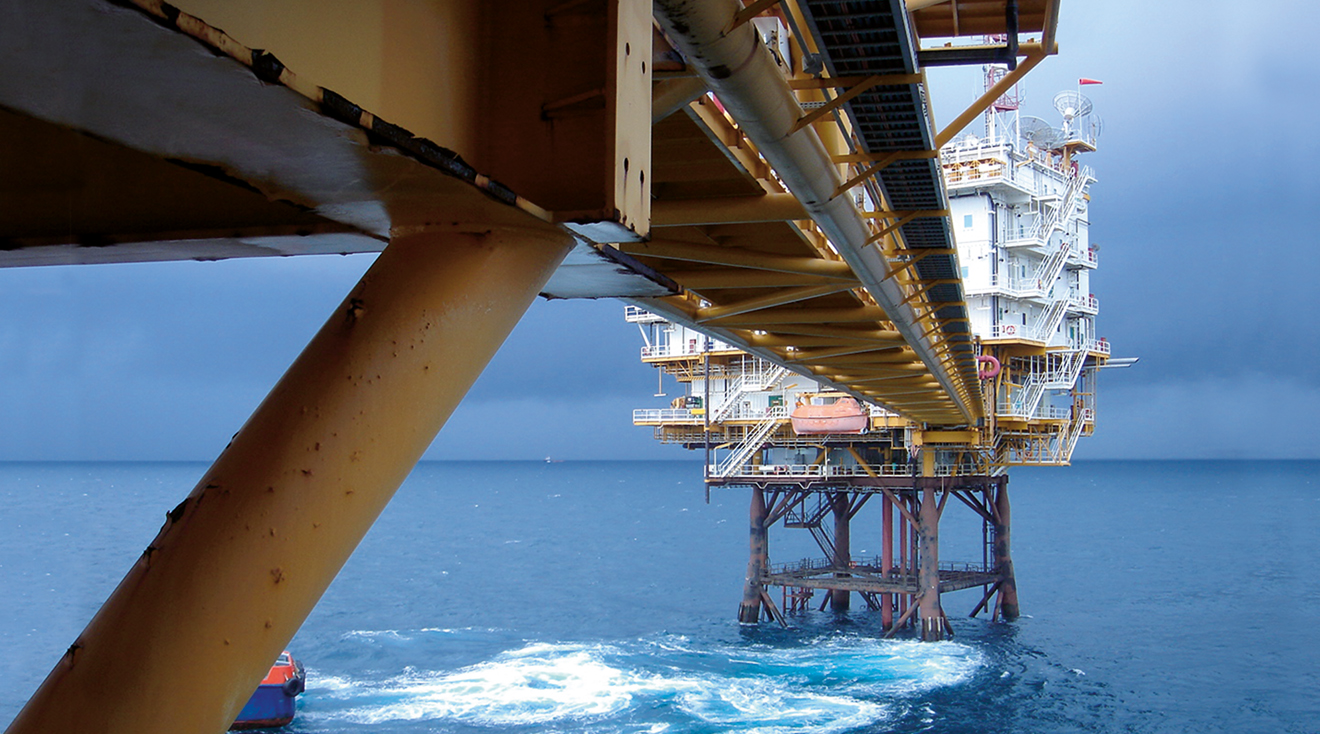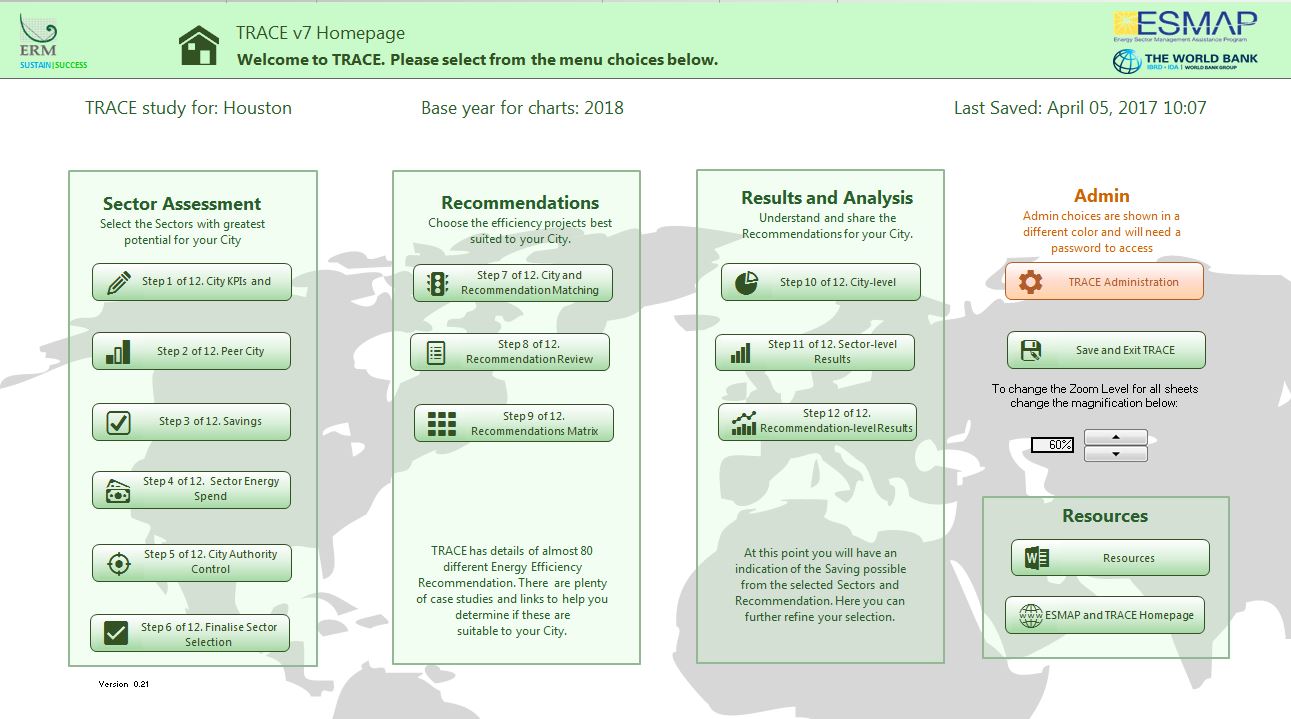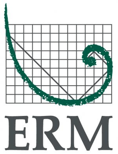Innovating through technology
Discovering data-enabled, high-tech solutions

Companies acquire significant amounts of detailed data, but this information is often stored in different directories, files and format types. As a result, extracting its full business value can be very complex. ERM helps clients collate and format data sets, so that they can be compared and visually interrogated to:
- Evaluate trends;
- Identify material risks; and
- Set baselines.
From a single repository, clients can interrogate multiple data sources concurrently, enabling strategic analysis and decision-making. As a result, clients are optimizing performance and limiting their exposure both for current projects and future initiatives.
Clients in all sectors will be touched by the technology megatrend. For some, it will be a threat; for others, an opportunity.
Richard Zotov, Chief Information Officer - London, UK

BP's North Sea region saves time and reduces risk
With data insights increasingly being used to shape current business operations and future investment decisions as well as prove compliance, accuracy is paramount. For example, ERM has helped BP’s North Sea region automate nearly 90 percent of the data needed to ensure compliance with UK offshore statutory environmental reporting requirements, which reduces the risk of human error and administrative overheads. It used to take external auditors three weeks to validate the data; it takes less than two days now.
Embracing new ways of thinking

Uberization of mining
The annual Prospectors & Developers Association of Canada (PDAC) Convention is the world’s leading mineral exploration and development industry conference. ERM’s Regional Client and Market Lead, Mining, North America, Louise Pearce, led a panel at PDAC 2017 about what ERM calls the “Uberization of mining.” The session explored groundbreaking, technology-driven approaches for improving the mining industry in response to multi-faceted and increasingly complex challenges.
In a context where stakeholder scrutiny remains high and some companies are juggling debt, many mining companies realize that they need to embrace new ways of thinking. Innovative technologies and radical changes in their normal ways of doing business can optimize value from their operations and drive efficiency across the life cycle of their project.
Although late to the game, the mining industry is now having a dynamic conversation about what these changes could be and is looking at four key themes: automation, digitization, integrated enterprises, and next generation analytics. Combined efforts in these areas could help companies make significant progress in environmental, health, safety and social areas, minimize their operational costs and attract new talent.

Satellite imagery enabling greater accuracy
Southwest Pakistan is a region subject to rapid development in the renewables sector to supplement the country’s severely strained power grid. ERM was engaged by a development lender to minimize the impact of wind farm development at a regional level. We used current and historical satellite imagery to identify population trends and found that there were scores of communities that were not listed in government sources. A field visit confirmed these findings and ensured more timely and accurate recommendations for use by our client in influencing its borrower’s project designs.

We can help our clients stay ahead of the game through more innovative use of EHS technology and data.
Claire Batten, Senior Consultant - London, UK
Making data more accessible
Whether reports, dashboards, portals or mobile apps, making sustainability data more accessible to more people is particularly important. For example, greater sharing of near-miss safety and environmental information between organizations could help drive continuous improvement and prevent environmental disasters and loss of life.
ERM has a dedicated team of analysts that helps clients take advantage of modern spatial analysis tools using geographical information systems, including historic imagery. Advanced analytical capabilities, such as automated feature extraction, help to create robust baseline data that help to manage project risk.

ERM’s specialists have extensive experience of applying GIS to different projects in different sectors. We use a combination of databases, spatial analytics and graphics technologies to simplify and enrich how clients summarize, analyze, model and visualize spatial data. Data often includes spatial content, such as terrain features, land contamination sites and human demographics. Presenting this data in a more visual format enables clients to explore interdependencies in greater depth and make more informed decisions.
How technology contributes to sustainability

Digitization helps bring disparate data sets and systems together to remove complexity and increase efficiency.
Simon Tillotson, Partner - Oxford, UK
For businesses, digitization transforms customer expectations, product development, collaboration and organizational structures. In the public sector, it can change how citizens engage with government departments and political leaders. This represents a significant opportunity for organizations, from how they engage with key stakeholders to how they optimize their operations.

Rapid assessment tool aids decision-making
The World Bank – through the Energy Sector Management Assistance Program – published in June 2017 the updated Tool for Rapid Assessment of City Energy (TRACE). TRACE, which was developed by ERM, enables cities to evaluate the cost-saving potential associated with various sectors and helps city decision-makers prioritize areas for improving energy-efficiency.

Modeling tools for energy sector clients
ERM has extensive experience developing custom digital solutions. We apply historical data analysis and computational models to develop forward-looking, predictive systems that allow for efficient cost and operational management. We routinely develop these solutions for our clients in the oil and gas and power sector.
For example, we developed several operational temperature prediction tools for power plant compliance forecasting. These tools use various levels of complex 3-D hydrothermal models based on automatic, real-time meteorological and river-flow forecast data to predict regulatory risks. They provide real-time operational directives to maintain compliance.
Similarly, we developed an ecological risk management tool for liquefied natural gas operations in an industrial city in the Middle East. This ecological risk management tool is an integral part of the country’s regulatory decision-making framework, and it is used by various operators to sustainably manage facility operations and expansions.
Supporting international technology companies
In addition to leveraging technology to help clients across sectors improve their sustainability performance, we also advise technology companies on their own sustainability performance:
- We have been working with a confidential international technology company for several years providing due diligence services and environmental regulatory compliance support in Mexico as well as other locations around the world.
- ERM provides full environmental, health, safety and sustainability support to a global technology licensing company with operations in North America, Europe and Asia. ERM is responsible for formulating the company’s Environment, Health and Safety Management System compliance strategy and for developing and implementing supporting programs.





